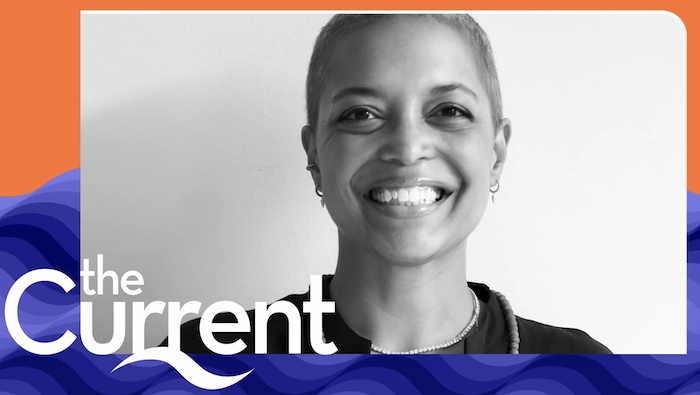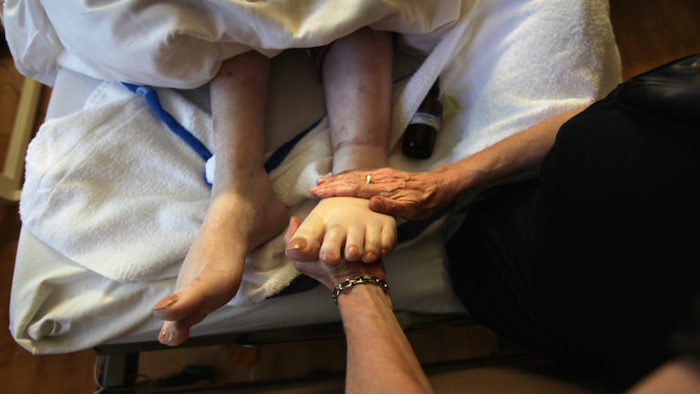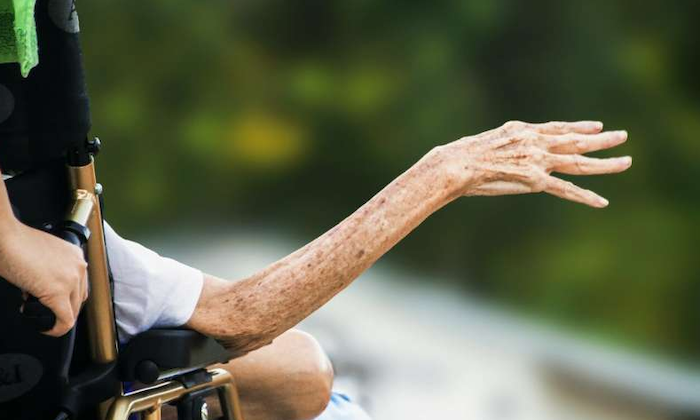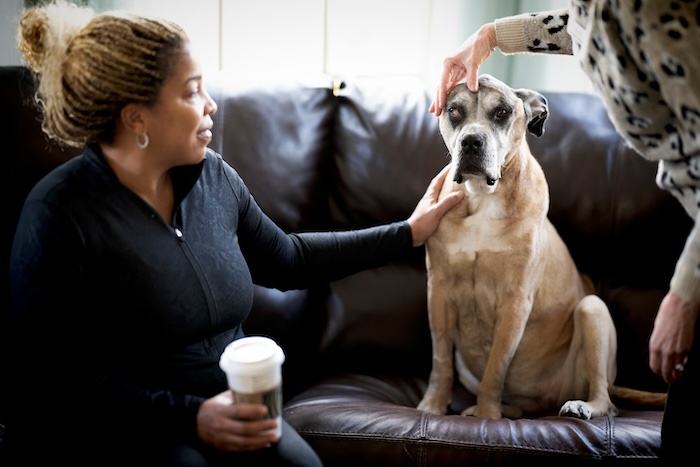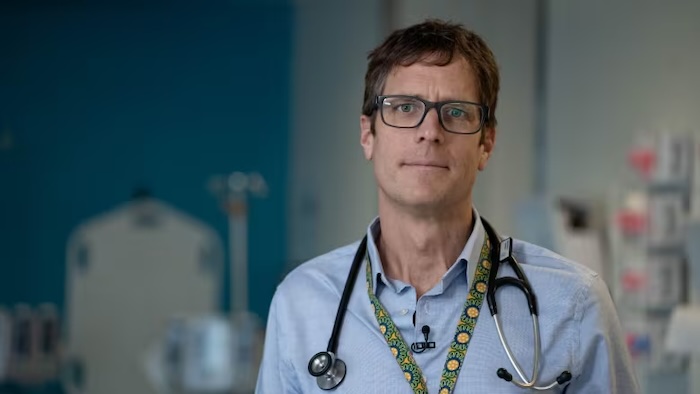— The good, the bad, and the ugly

By Earl Stewart, Jr., MD & Miguel Villagra, MD
I walk into the patient’s hospital room during evening rounds. He looks pale and tired, having recently completed a round of chemotherapy for his stage IV pancreatic cancer. His wife is at the bedside, scared and concerned about her husband’s rapid decline. I sit down to discuss goals of care when the patient immediately says, “I can’t do this anymore.” His wife responds immediately to the patient: “Of course you can.” As I delve deeper into the patient’s constant pain and discomfort, the conversation naturally shifts toward a comfort care-focused approach. After 55 minutes at the bedside, both patient and wife agree to further discuss this with the palliative care team. Ultimately, the medical team decided to transition the patient to hospice care.
Similar examples exist in outpatient practice. Take, for example, the 56-year-old female patient with metastatic non-small cell lung cancer who would clearly benefit from early institution of palliative care given the known mortality benefit. When you see her time and again, she engages in candid discussions with you as her physician that she would rather let “nature take its course.” She doesn’t want chemotherapy. She refused radiation. She continues to smoke. She doesn’t want her family to know, and palliative care options, though previously discussed with her, remain out of the question for her.
These are realistic examples from daily practice that present an interesting quagmire to the practicing physician as he or she treads the lines of patient autonomy and applies the evidence of what has been shown to clearly help a patient feel and live better, especially those with terminal illnesses. Tools exist to aid with these difficult conversations, and awareness among the patient, health care professionals, and family members makes all the difference in having these critical discussions. It’s often rather difficult to accept when you are taught to do something but come to the realization that sometimes doing nothing is what a patient prefers. In that moment, you realize that doing nothing means doing everything.
Sometimes practicing hospital medicine is a battle between life and death. Outpatient practice, too, is rife with such battles between the material and immaterial. Palliative and hospice care, though different, offer hope and comfort in some cases. Together, these medical disciplines not only alleviate physical suffering but also, through a conjoined care model, address the emotional and spiritual needs of patients and their families, guiding them through one of life’s most difficult journeys.
Palliative care is a specialized approach that aims to alleviate physical symptoms, manage pain effectively, and reduce the emotional and psychological distress experienced by individuals facing incurable illnesses, irrespective of their specific diagnosis. Palliative care is designed to improve the quality of life for both patients and their families. At the center of this is holistic care. A patient qualifies for hospice services if he or she has an illness that limits his or her life expectancy to six months or less.
Transitioning a patient from palliative care to hospice care is a crucial step that signifies a shift toward comfort-focused end-of-life treatment. Clear communication, compassionate support, and honoring patient and family preferences play critical roles in improving quality of life, increasing satisfaction with care, and enhancing emotional well-being during this transition. This process ultimately hinges on doing what is in the patient’s best interest and ensuring a death with dignity.
Physicians navigating palliative and hospice care face a unique set of emotional and professional challenges, such as handling end-of-life conversations with families to determine a patient’s goals of care, managing pain and symptom control effectively, and addressing spiritual distress in patients. However, within these challenges, there is a profound reward in making a significant difference in the final stages of a patient’s life. It has been previously heralded that caring for the dying patient is indeed a rewarding challenge given the intricacies it presents and doing so is crucially important is physician education. We now know that not only does education matter for physicians in these veins of practice, but it matters for nurses as well.
In palliative and hospice care, an interdisciplinary approach involves physicians overseeing medical decisions, nurses providing direct patient care and symptom management, social workers addressing psychosocial needs, chaplains offering spiritual support, and pharmacists ensuring proper medication management. Each team member contributes his or her expertise to create a comprehensive care plan that supports the physical, spiritual, and psychosocial well-being of the patient, highlighting the power of collaboration in providing holistic, patient-centered care.
Physicians navigating the complexities of palliative and hospice care must adopt practical strategies for effective patient management and compassionate support. Key strategies include fostering open communication with patients and their families, setting realistic expectations, and managing one’s own emotional well-being. Active listening, providing clear and empathic explanations, and involving the entire care team in medical decision-making are crucial for effective patient care.
Though we understand more as a physician community about employing palliative and hospice services for our patients when apropos to providing evidenced-based care, we are aware there is still work to be done to better the delivery of this care.
It has been documented that work is needed to further guide the integration of the family meeting specifically into oncology practice.
Recent data have shown how the institution of information technology and so-called “e-health” methods can be very helpful in individualizing care and extending palliative care services to patients.
We will all have these conversations. We will see patients like these. We charge all physicians to embrace the tenets of palliative care and hospice when appropriate for their patients and to learn more about the services offered in their hospitals, health systems, and practice structures to provide for the most optimal health outcomes.
Complete Article ↪HERE↩!

